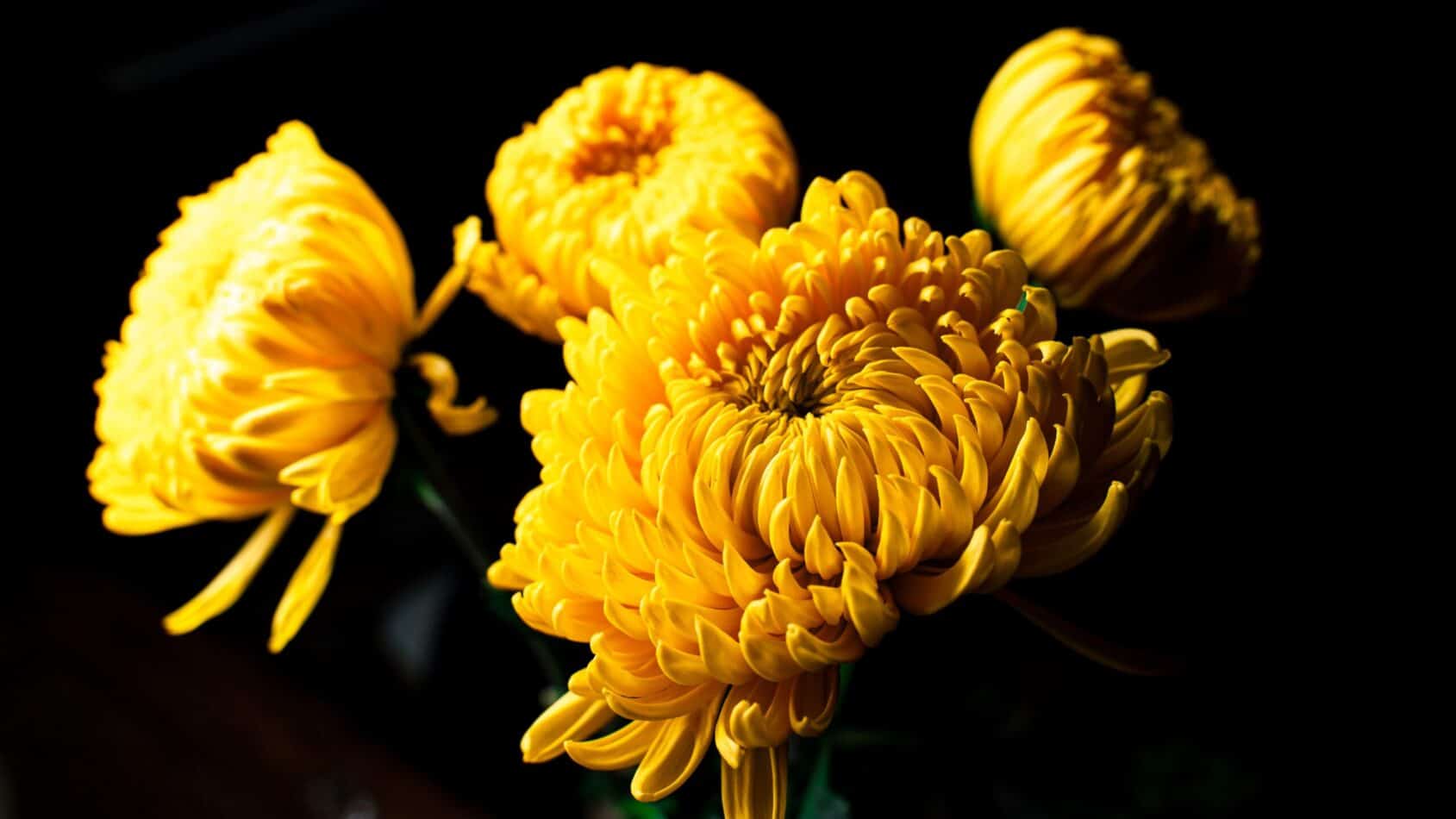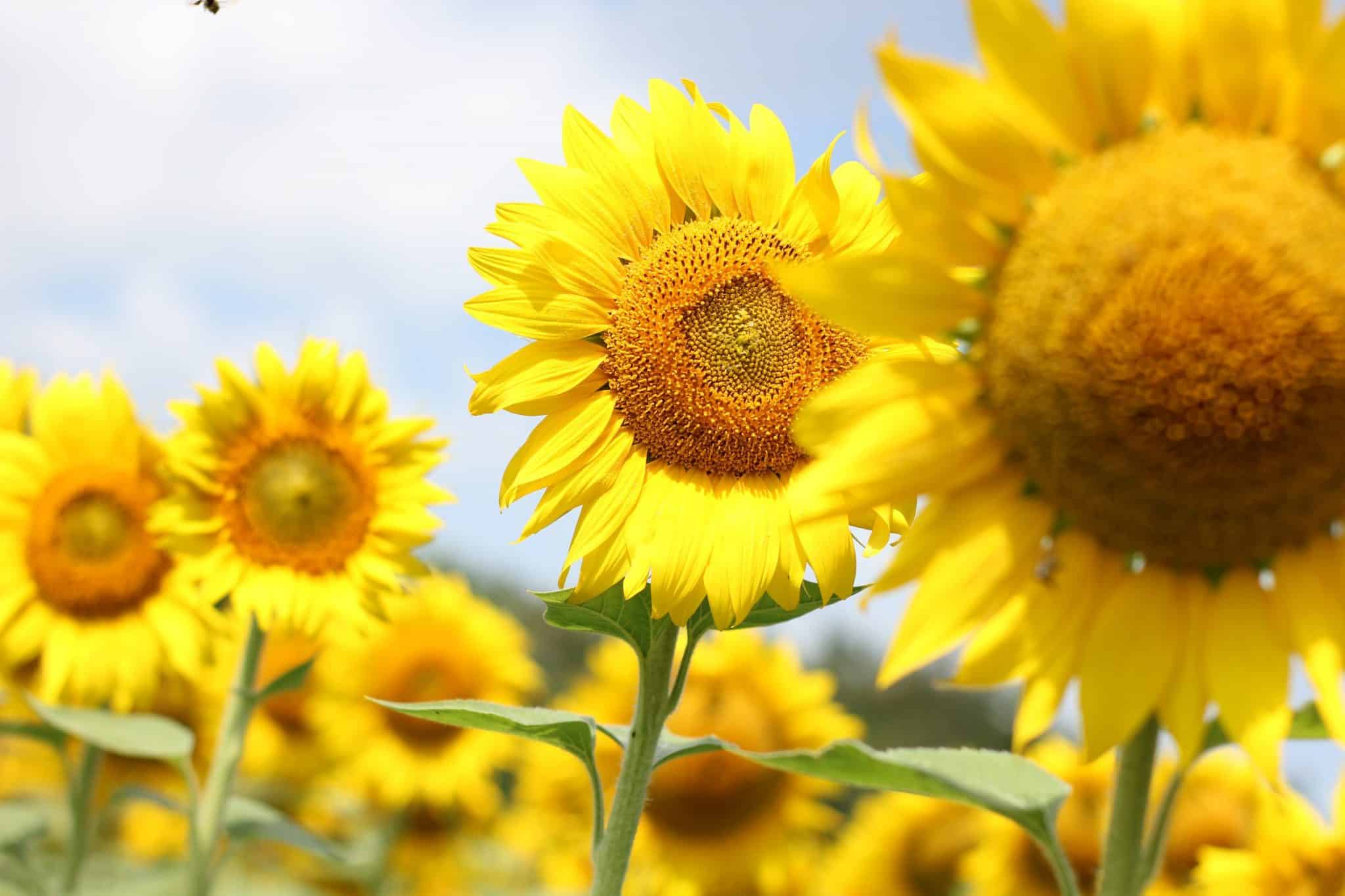Coneflowers and Echinacea are a popular staple of many gardens. Coneflowers are part of the Asteraceae family, also contains popular flowers such as aster and daisies. Most coneflowers have a striking cone surrounded by colorful, primarily drooping petals. These are often referred to as homestead plants, as they are native to much of America. Hosting a wide range of varieties, the petals of coneflowers bloom off of long and erect stems.
Etymology
The word Echinacea comes from the Greek word echinos, which means hedgehog, referring to the prickly scales on the cone-shaped center of the flower. Additionally, the genus name is derived from the Greek word “echinos”, meaning hedgehog. This refers to the sturdy center disk of the flower, which has a similarity to the spines of a hedgehog.
How to Plant
Coneflowers are relatively simple to plant and thrive in neglect. To begin, find an area with full to partial sun, depending on the variety. During the spring and summer seasons, the sun should be up for at least 6-8 hours per day. Consult a local expert for the ideal plant depth for your area. It is recommended that the roots should be buried about an inch or two below the top of the ground.
When planting, make sure to water the area after each layer of soil. Once planted, water regularly, focusing on deep watering. During periods of extended drought, be sure to water the roots of the plants. Additionally, ensure the soil is not too wet. If the soil is particularly moist, it can cause rot and disease.
Meaning and Symbolism
Coneflowers are noted for promoting resilience and self-preservation. Additionally, they are thought to represent spiritual guidance, taking the time to reflect, contemplation, and inner healing.
History, Mythology, and Religious Significance
Coneflowers have deep roots in American history and Native American tradition. The Cheyenne tribe found Echinacea to have medicinal properties and used it in tea as a pain and fever reliever. The Sioux also believed the root held healing powers.
Flower Varieties and Characteristics
For the coneflower, there are many varieties to choose from, all ranging in flower colors. Generally speaking, there are yellow, pink, and the most popular, purple-pink varieties. A few renowned coneflower types include “Magnus,” “White Swan,” “Tiki Torch,” and “Ruby Giant.”
Some common characteristics of Echinacea are the center of the flower, with a firm texture that its spines to crown the petals. This center disk can either be solitary or accompanied by a few individual disk flowers. Additionally, the petals, usually droopy and drooping, can range in colors, including purple, yellow, and pink.
Common Pests and Diseases
Coneflower is surprisingly resilient and rarely gets attacked by pests, however. Common troublespotters include aphids, slugs, and snails. These pests can be avoided by following standard pest control procedures. Additionally, root rot can sometimes occur. To lessen the possibility of this occurring, make sure the area is receiving proper drainage and air circulation.
How to Pot and Repot
When choosing a pot for coneflowers, the size of the root-system should be the main consideration. Most of the time, a pot that is twice the size of the current root-system will suffice. It is also recommended to use a pot that has large drainage holes, and a saucer to prevent water from spilling onto your flooring.
To begin the process of repotting, scoop up the root ball of the flower and shake off any old soil. Place the new soil in the bottom of the pot before adding the root ball. Gently pressing down the soil around the base of the flower, add a small amount of water, only just enough to wet the soil. Add more soil and rough it up with your hands to encourage drainage.
How to Prune
Pruning and deadheading of coneflowers is a great and easy way to ensure your flowers stay vibrant throughout the season. The best time to prune and deadhead your flower is early in the season. Pruning should be done to the stem at an angle, and below the flower head. Deadheading should be done by carefully removing the withered flower heads.
How to Propagate
Propagating coneflowers is not too difficult and is easiest when using sub-surface cuttings. Begin by taking cuttings at a length of around four inches, taking off the leaves at the bottom. Then, let the cuttings rest in a warm, dark environment for a minimum of a day before you plant them. Plant the cuttings into the ground, being sure that the roots stay intact. Watering the surrounding soil will help ensure the success of the cuttings, and they should begin to bloom in the late summer, early fall months.
Three Frequently Asked Questions
1. How long do coneflowers last?
Coneflowers have the potential to last for quite a few years. With proper care, coneflowers can easily bloom for several years.
2. Are coneflowers easy to take care of?
Yes! Coneflowers are easy to take care of and tolerate most types of soil. Additionally, they can thrive in both full and partial sun.
3. When is the best time to plant coneflowers?
Generally, the best time to plant coneflowers are in early spring or late summer. If planting in the late summer, be sure to water the flowers frequently until the cold sets in.
Fact Sheet Table
| Flower | Echinacea |
|---|---|
| Family | Asteraceae |
| Plant type | Perennial |
| Mature size | 3-6 feet |
| Sun exposure | Full to partial sun |
| Soil Type | Most soil types |
| Soil pH | Neutral to acidic |
| Bloom Time | Late spring to early summer |
| Flower Color | Purple (most common), pink, yellow |
| Hardiness Zones | 3-9 |
| Native Area | North America |
What we love from Amazon this week
Buy these wonderful flowers directly from Amazon:















